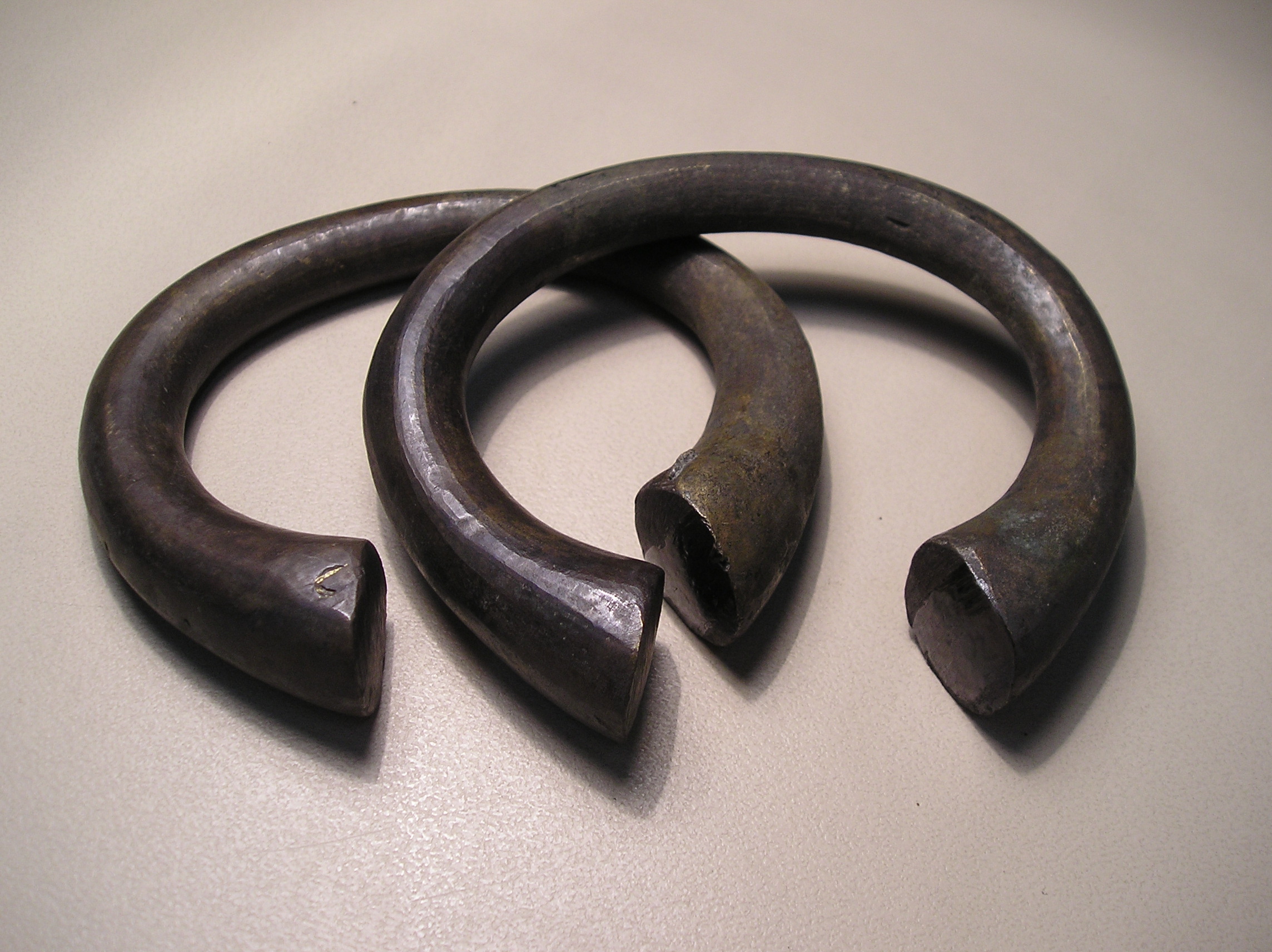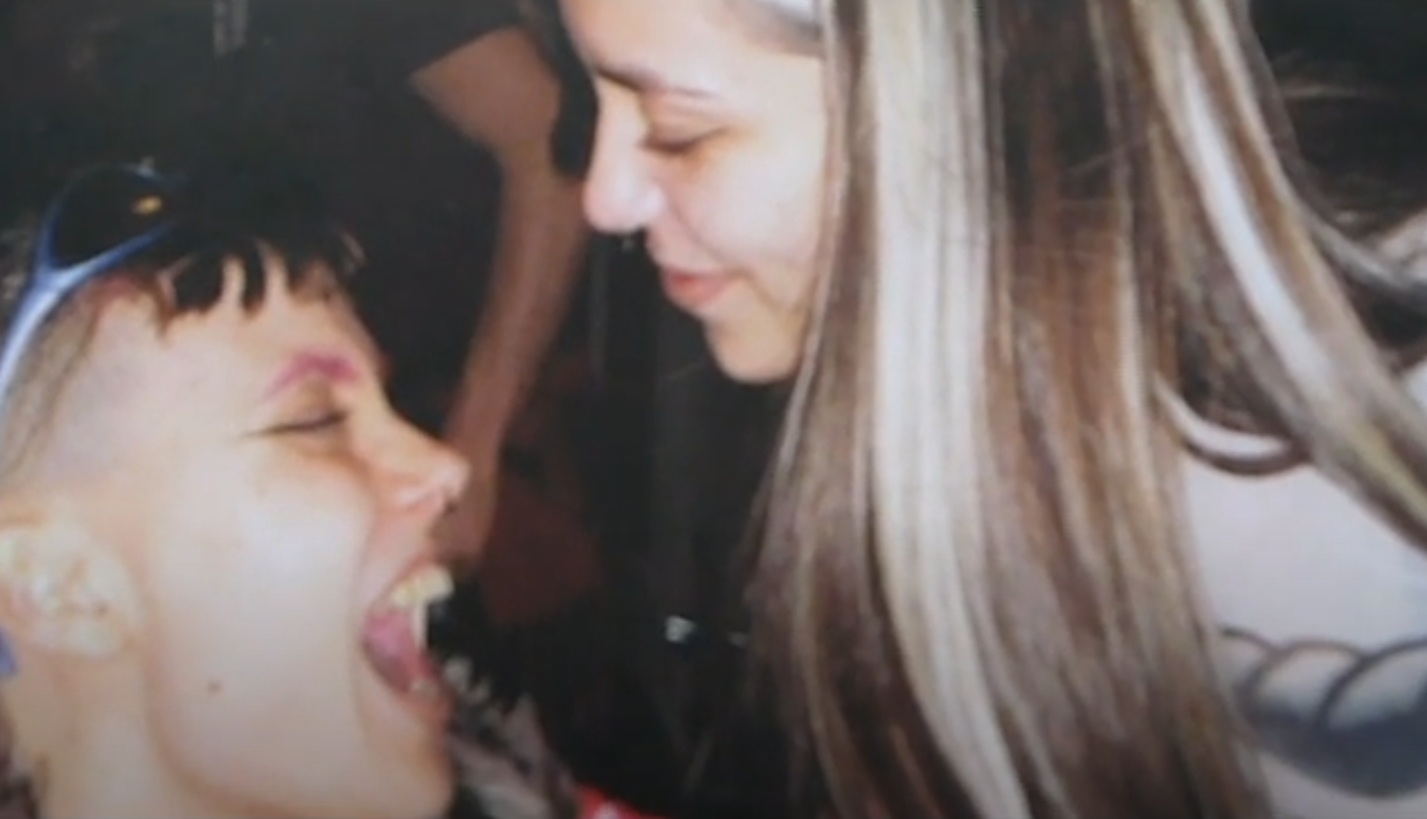Eskuz idatziak, ahoz josiak
INTERLACED. PRESENT-DAY TRACES OF THE COLONIAL CENTURIES
by
Monday, 18/11/2024. From 4:30 pm to 7:30 pm.
Second meeting of Interlaced. Present-day traces of the colonial centuries. With Ana María Benito Domínguez, Anaís Córdova Páez, Juana Esparza Saludes and Hinrich Sachs.
PROGRAM
4:30-4:45 pm: presentation by Hinrich Sachs and Bulegoa z/b
4:45-5:45 pm: Ana María Benito Domínguez: Navigation related to the slave trade in the Basque Country. The ship on the seabed at Iturritxiki
5:45-6:45 pm: Anaís Córdova Páez: Sua – on performance
6:45-7:30 pm: Juana Esparza: PITCH
Interlaced forms part of the activities of Eskuz idatziak, ahoz josiak, a work group whose final aim is to write, imagine and realize an opera.
Eskuz idatziak, ahoz josiak is the 2024-2025 edition of Space is the Place/The Place is Space. The name of this Bulegoa z/b program, which started in 2018, paraphrases the title of the 1974 Afrofuturist film by Sun Ra. It seeks to think in situ, in the space and with the place.
INTERLACED. PRESENT-DAY TRACES OF THE COLONIAL CENTURIES
This second meeting of Interlaced continues the study of the traces and persistence of the colonial project in the present day. It has been conceived as a cross-disciplinary session, involving disciplines like history, subaquatic archaeology, artistic practice or dance music, and formats like the lecture, conversation, performance and film screening. The guests at the meeting will present several works that approach the proposed subject from different perspectives, invoking diverse spaces: the film archive, the depths of the sea, a 16th century ship that sank off the Basque coast, a beach in the north of Ecuador, a dancefloor.
ANA MARÍA BENITO DOMÍNGUEZ: NAVIGATION RELATED TO THE SLAVE TRADE IN THE BASQUE COUNTRY. THE SHIP ON THE SEABED AT ITURRITXIKI
The sunken wreck of a Flemish cargo ship in the bay of Getaria is the oldest testimony of navigation related to the slave trade in the Basque Country. Around 1520 a ship had set sail, probably from Antwerp, chartered by Portuguese merchants and carrying merchandise from central Europe: copper ingots and pots, haberdashery articles and, principally, bracelets [manillas] (pre-monetary tokens used in Africa). It was en route, via Lisbon, to the Gulf of Guinea to purchase slaves – people transported in inhuman conditions to Europe and, massively, to America with the Spanish intervention, completing the triangular route of the slave trade (Europe-Africa-America).
ANAÍS CÓRDOVA PÁEZ: SUA – ON PERFORMANCE
Sua asserts hatred as a legitimate act that can/must be experienced without any sense of blame by those of us who form the global majority. Sua means fire in Basque, it is also a dangerous beach in the north of Ecuador. Sua is an expanded cinema project. This encounter between text and moving image places in contact the performativity of the gaze, the film archive and the capacity and potentialities of this format to create non-lineal narratives.
JUANA ESPARZA SALUDES: PITCH
This instant, when we are together and our bodies are hanging about to the same rhythm – what if we were to pause in it? Perhaps we can bring time to a stop, extend it, speed it up, make it work in our favour? And if we give this instant a body that would enable us to live in it forever? And if we could build everything else starting from the here and now?
BIOGRAPHIES
Ana María Benito Domínguez. Graduate in History and Anthropology (Deusto University and University of the Basque Country – UPV/EHU). She began working on Roman archaeology at Oiasso with the Aranzadi Sciences Society. She directed the underwater excavation of the slave ship on the seabed at Iturritxiki (Getaria). She has coordinated historical studies on the Basque ports, authoring those on Getaria and Hondarribia. Recently, she has organised exhibitions popularising maritime questions (on underwater patrimony, shipwrecks, diving, lighthouses…) in: Itsas Museoa (Donostia-San Sebastián), Arrantzaleen Museoa (Bermeo), Atlantikaldia (Rentería), Museo Plasentia de Butrón (Plentzia), Castro Urdiales, amongst others. She has published Naufragios en la Costa Vasca: 1916-1976 (Shipwrecks on the Basque coast: 1916-1976), Getariako Naufragioak and Iturritxiki.
Anaís Córdova Páez (Quito, 1989). Her work is dedicated to reflecting on how politics, ecology, gender and moving images all enter into dialogue in the age of Internet. Her work puts care at the centre, challenging processes of art production and exhibition. Córdova Páez experiments with cinema, is a film programmer for the EQUIS Feminist Film Festival (Ecuador) and Zinegoak (Bilbao) and a curator for UNSEEN (Croatia). She was the Flaherty Seminar Fellow 2022 and the international guest at Atmospheres of Violence at Harvard University 2023. Her projects as artist, curator and producer deal with gender, ecology, autonomy and pleasure from a decolonial perspective.
Juana Esparza Saludes (Bilbao, 1998) has a degree in art from the University of the Basque Country (2021). She has a Master’s Degree in Practice and Theory in Arts and Contemporary Culture (2023) and a Master’s Degree in Contemporary, Technological and Performative Art (2024). At present she is starting a doctorate in Research in Contemporary Art. Her artistic practice is centred on the dancefloor, approached from different roles, those of the DJ, the body that dances and the body that observes. She is also a member of the VUTRON group.
Hinrich Sachs (1962) is a visual artist and writer, based in Basel, Switzerland, working in an itinerant fashion. Sachs works in a cross-cultural fashion, investigating image and language regimes of the societal present in a transdisciplinary manner, and in equivalent artistic formats of going public: exhibition, event, and publication. His work has been shown internationally, at institutions such as Le Plateau (Paris); Musée d’art Moderne et Contemporain (Geneva); Museum Ludwig (Cologne); Moderna Museet, (Stockholm); Proyecto AMIL (Lima), Contemporary Art Center (Vilnius), and the Taipei Museum of Fine Arts.



